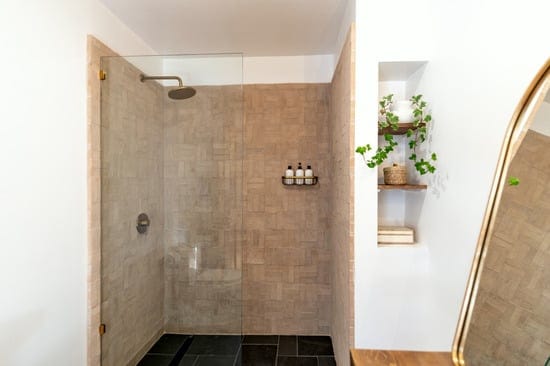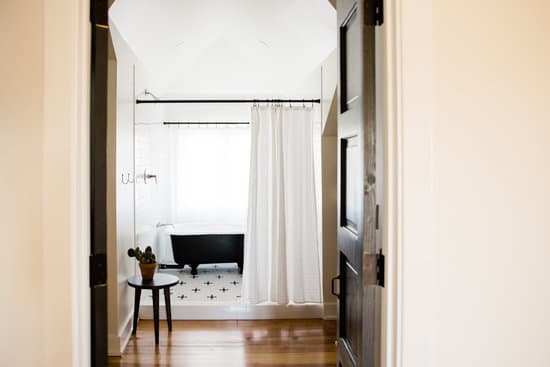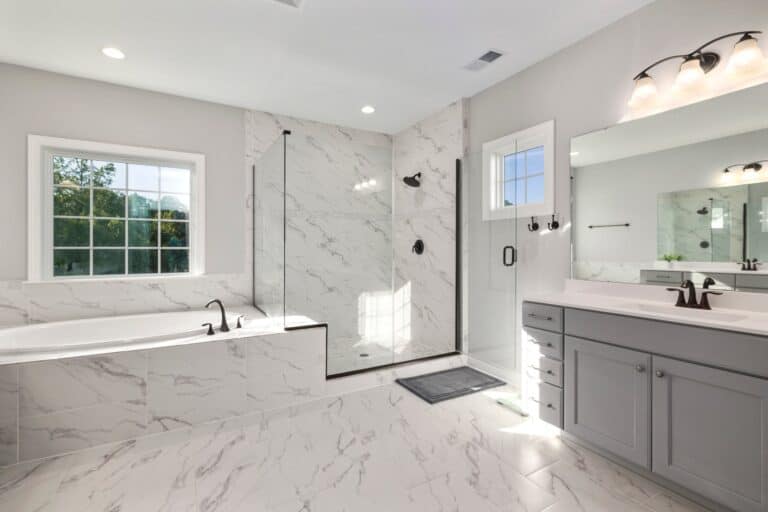Are you considering adding a bathroom to your home? Before embarking on this project, it’s important to understand the time commitment involved. In this article, we will guide you through the process and provide an estimate of how long it typically takes to add a bathroom. From assessing your space and obtaining permits, to hiring contractors and completing construction, we’ll cover all the necessary steps. So let’s dive in and ensure a safe and efficient journey towards your new bathroom!
Assessing Your Space and Designing the Layout
You’ll want to start by assessing your space and designing the layout for your new bathroom. To ensure safety, it’s important to carefully consider space utilization and budget planning. Begin by measuring the area where you plan to add the bathroom and take note of any existing plumbing or electrical connections nearby. This will help you determine if there are any limitations or challenges that need to be addressed during the design process.
Next, think about how you can make the most of the available space. Consider installing space-saving fixtures like a corner sink or a compact toilet. Additionally, maximize storage options by incorporating built-in shelves or cabinets.
When it comes to budget planning, set a realistic budget based on your needs and priorities. Research prices for materials and fixtures, and consider consulting with a professional contractor for advice on cost-effective options.
By carefully assessing your space and designing a thoughtful layout while keeping safety in mind, you can create a functional and practical bathroom that meets your needs within your desired budget.
Obtaining Necessary Permits and Approvals
Acquiring the required permits and approvals is essential when planning to install a new bathroom. It ensures that your project meets all safety standards and regulations. Here are three key things you need to know about permit requirements and the approval process:
- Research local regulations: Different areas have different permit requirements for adding a bathroom. Start by checking with your local building department to understand what permits are needed.
- Prepare necessary documentation: To obtain permits, you’ll likely need detailed plans, including layout drawings, plumbing diagrams, and electrical schematics. Make sure these documents comply with the local building codes.
- Submit your application: Once you have gathered all the necessary paperwork, submit your application for permits and approvals to the appropriate authorities. Be prepared for a review process that may involve inspections or additional documentation requests.
Remember, obtaining proper permits and approvals not only ensures compliance but also guarantees the safety of everyone using the new bathroom in your home.
Hiring Contractors and Sourcing Materials
When hiring contractors and sourcing materials, it’s important to consider their experience and reputation. Safety should be your top priority when adding a bathroom. Start by researching qualified contractors who specialize in bathroom renovations. Look for professionals with a proven track record and positive customer reviews. Check if they are licensed, insured, and bonded to protect yourself from any potential liabilities. Additionally, ask for references and view their previous work to ensure their expertise matches your needs.
The material selection process is equally crucial for a safe and durable bathroom addition. Choose materials that are water-resistant, mold-resistant, and easy to clean. Opt for high-quality fixtures and finishes that will stand the test of time without compromising on safety or functionality. Consider factors like durability, maintenance requirements, and budget when making your selections.
By carefully selecting experienced contractors and quality materials, you can ensure a successful bathroom addition that meets both your aesthetic preferences and safety standards.
Demolition and Construction Process
The first step in the demolition and construction process is to carefully remove any existing fixtures and materials. This is crucial for ensuring a smooth transition to the new bathroom. The demolition timeline can vary depending on the size of the bathroom and the complexity of the existing structure. Generally, it takes about 2-3 days to complete this stage, but it’s important not to rush through it to avoid any safety hazards. Once the demolition is finished, the construction timeline begins. This includes installing plumbing and electrical systems, framing walls, and adding insulation. On average, this stage takes around 4-6 weeks, again depending on the size of the bathroom and any additional features you want to include. Remember, patience is key during this process to ensure a high-quality end result that meets both your expectations and safety standards.
Finishing Touches and Final Inspections
To complete the bathroom renovation, you can add your personal touch with finishing touches and then schedule final inspections. These last steps are crucial in ensuring that your new bathroom is safe and fully functional. Start by installing the necessary bathroom fixtures, such as faucets, showerheads, and toilets. Make sure to follow the manufacturer’s instructions for proper installation to avoid any potential issues down the line. Next, double-check all plumbing connections to ensure there are no leaks or loose fittings. It’s important to prioritize safety when it comes to water supply and drainage systems. Once everything is in place, schedule a final inspection with a professional plumber or building inspector. They will thoroughly examine your new bathroom to make sure it meets all safety codes and regulations. With these finishing touches and inspections completed, you can confidently enjoy your newly renovated bathroom knowing that it was done right.
Conclusion
In conclusion, adding a bathroom to your home is not a quick and simple task. It requires careful planning, obtaining permits, hiring contractors, and going through the construction process. From assessing your space to final inspections, each step takes time and effort. However, with proper planning and organization, you can successfully add a bathroom to your home in a reasonable timeframe. So don’t rush the process – take the necessary steps to ensure that your new bathroom is well-designed and meets all requirements for functionality and safety.







